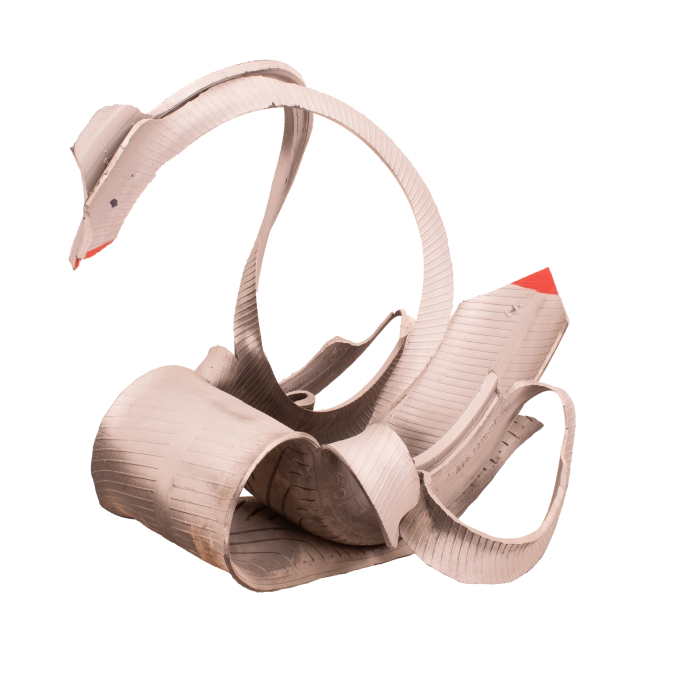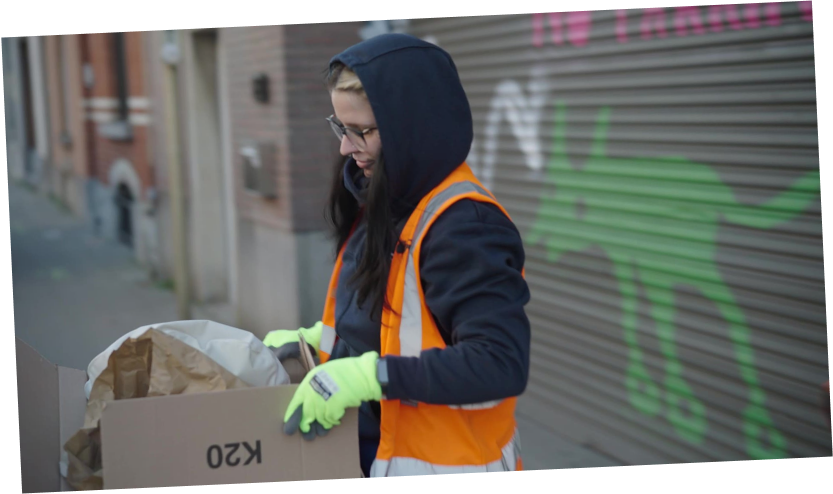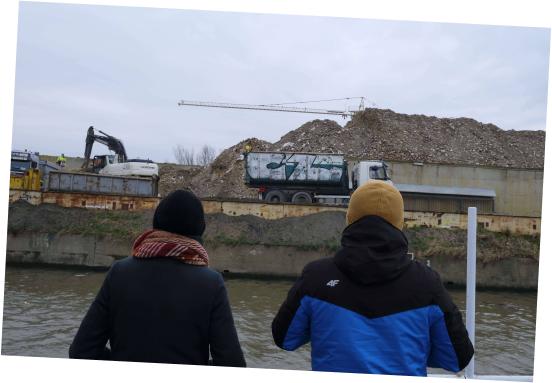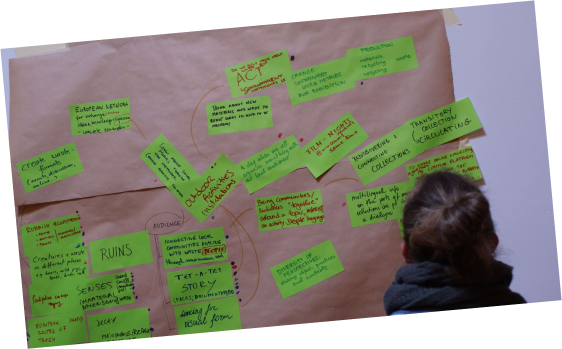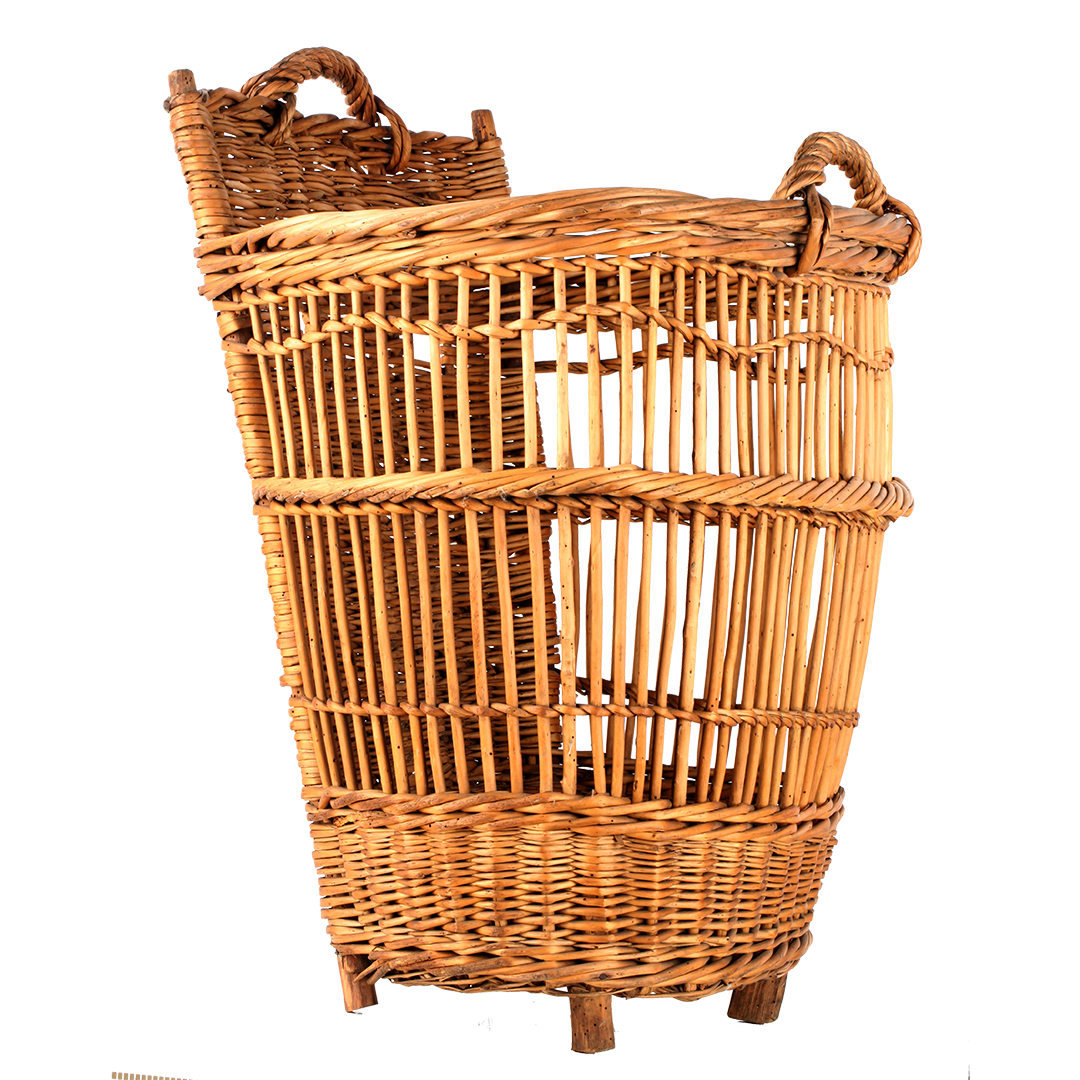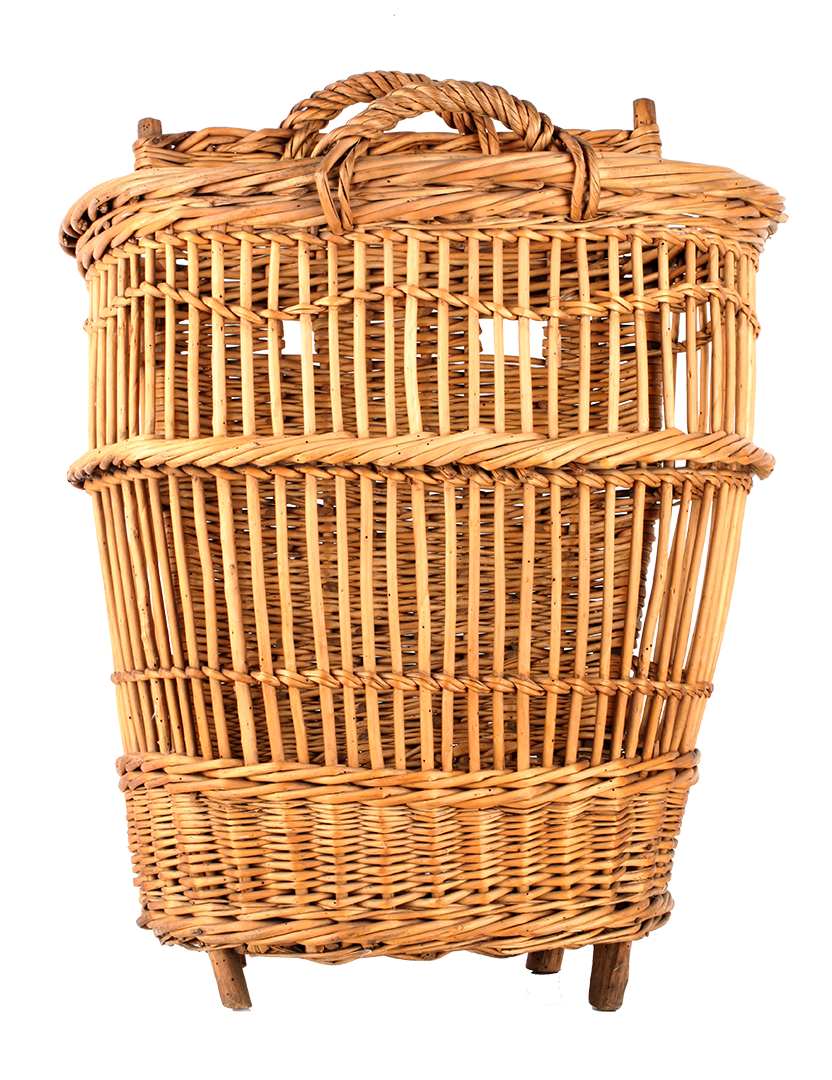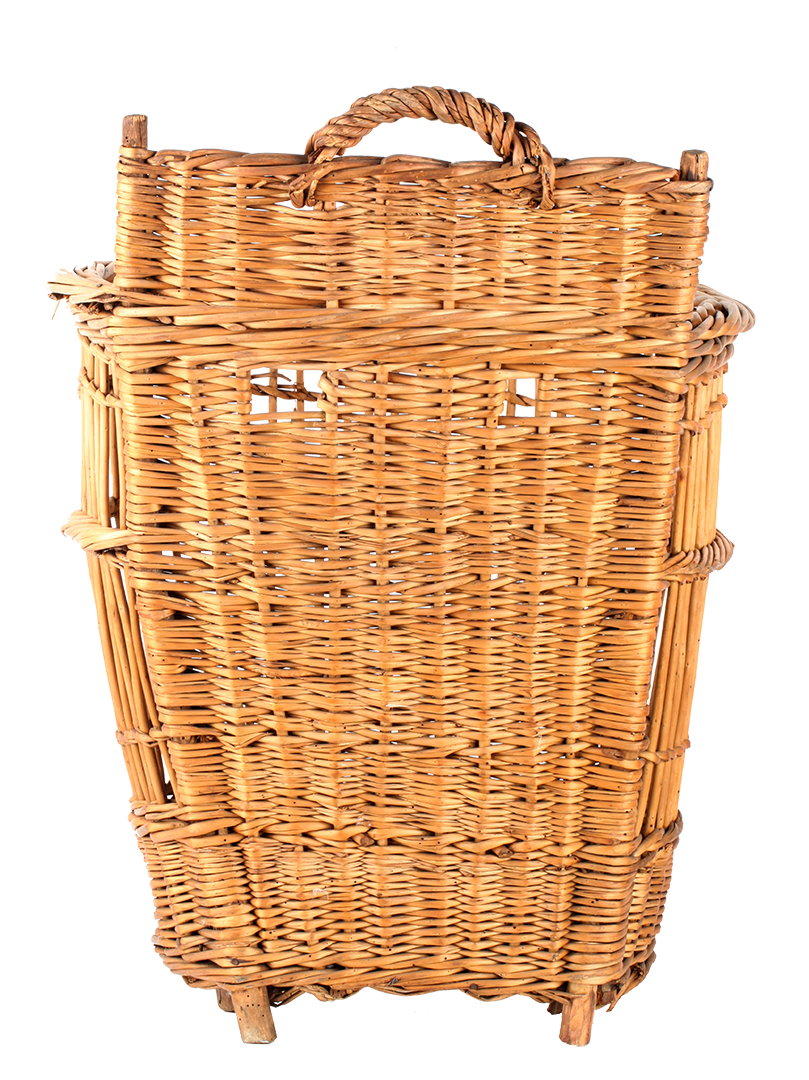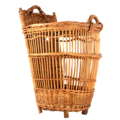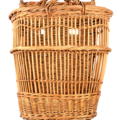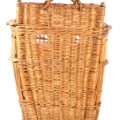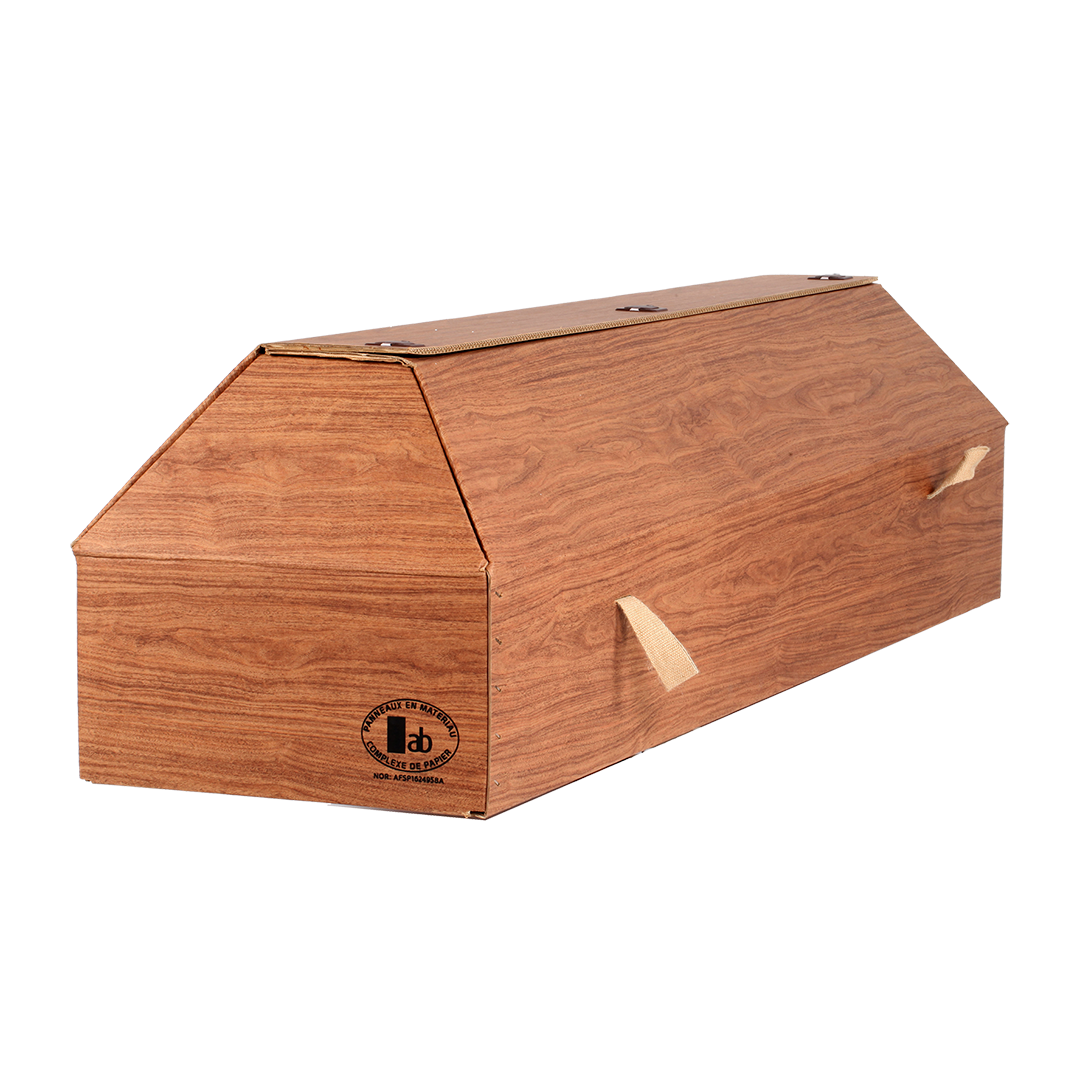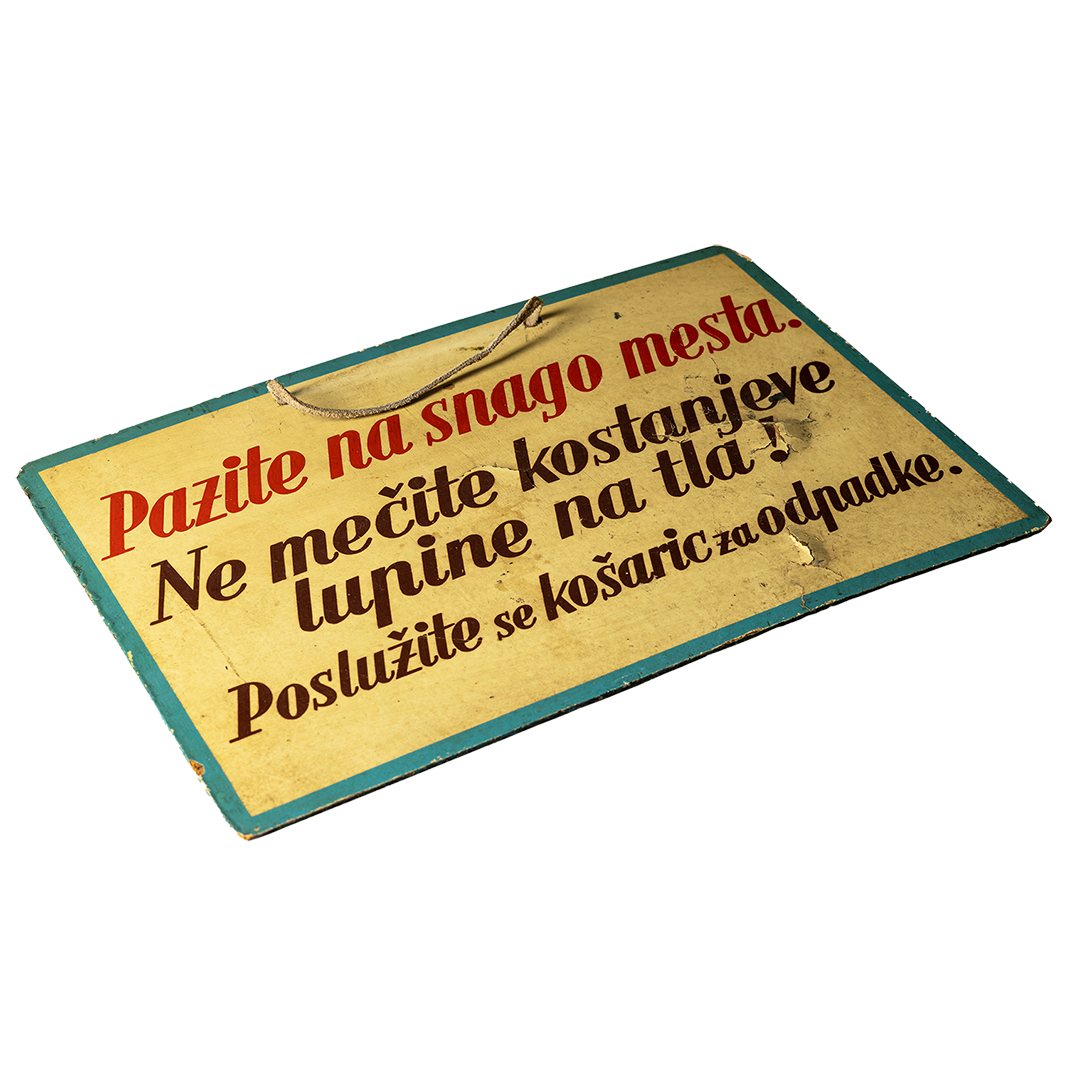Artist/Maker Unknown
Date Production/Creation
Early 20th century
Entry in the museum collection
1934
Place of origin
Liège, Belgium, Europe
Current location
Museum of Walloon Life - Province of Liège, Belgium
Material
Woven wickerwork and wood
Dimension
49 × 93 × 42 cm.
Inventory Number 5016005
Keyword Reuse People Work
Copyright Province of Liège – Museum of Walloon Life
Status In storage
Image Credit Province of Liège – Museum of Walloon Life
In the past century the way we value materials has changed beyond recognition.
What is this object about, who are the people behind it?
This is a wickerwork and wood basket of a type very common in Wallonia in the 19th and early 20th centuries. They were used to carry goods of various kinds on the back, usually by women called "hotteuses" (from the French word "hotte" for basket) or "botteresses", who could carry up to 40 kilos weight over distances of 25 kilometres per day.
What places is this object related to, how European/transnational is it?
Before the arrival of modern means of transport, people had to carry most goods themselves. These baskets are examples of equipment that helped them do so in Wallonia and Europe.
Why and how did this object arrive in the museum’s collection?
Unknown.
What is the relation of this object to waste?
One thing the "hotteuses" regularly carried was coal, which they would deliver right to the customer’s cellar door. After all the coal had been emptied into the customer’s cellar, the women would take damp earth and spread it on the pavement to pick up all the coal dust left lying there. This mixture of earth and coal dust formed a fuel that they then took away for their own use.

